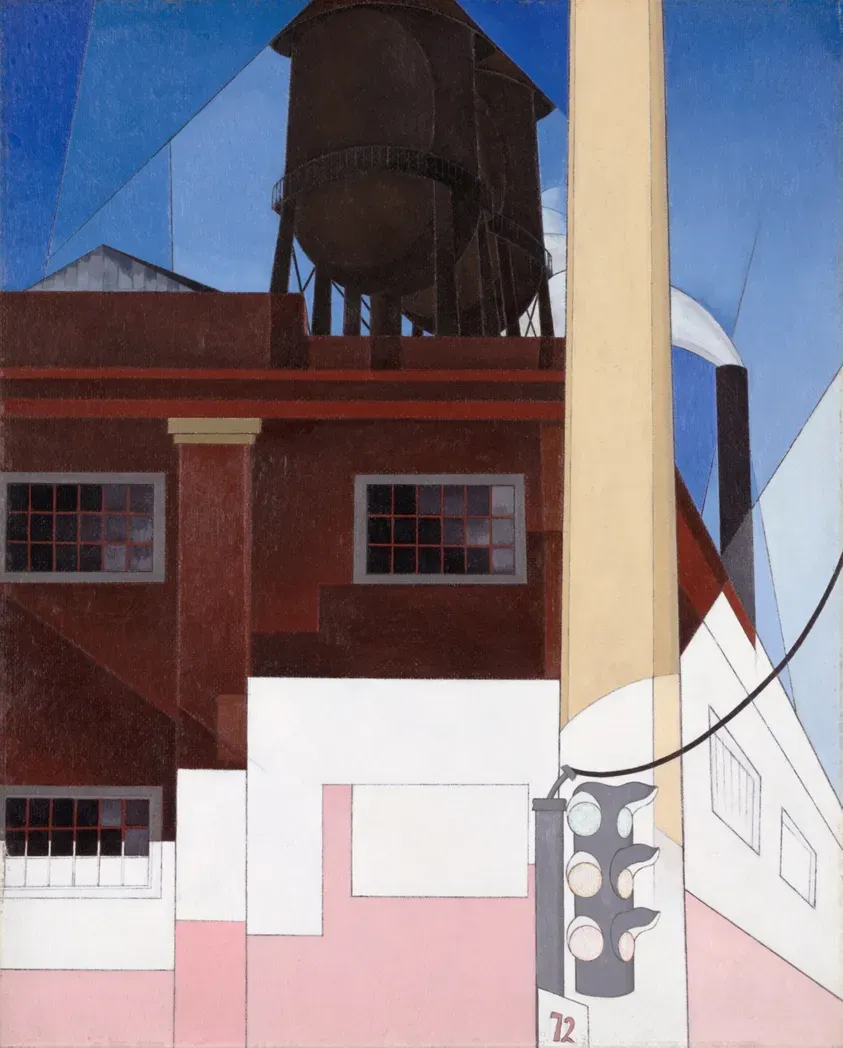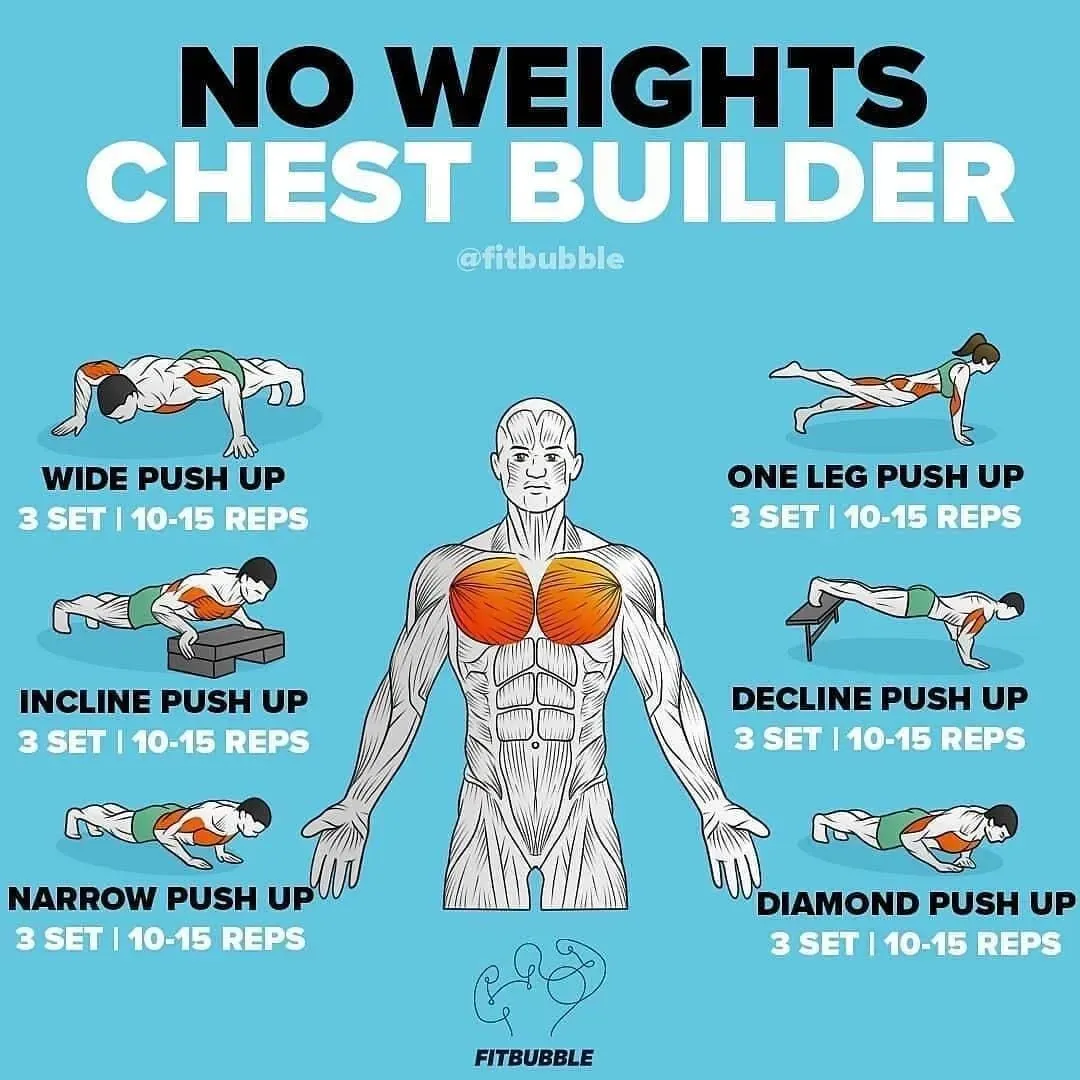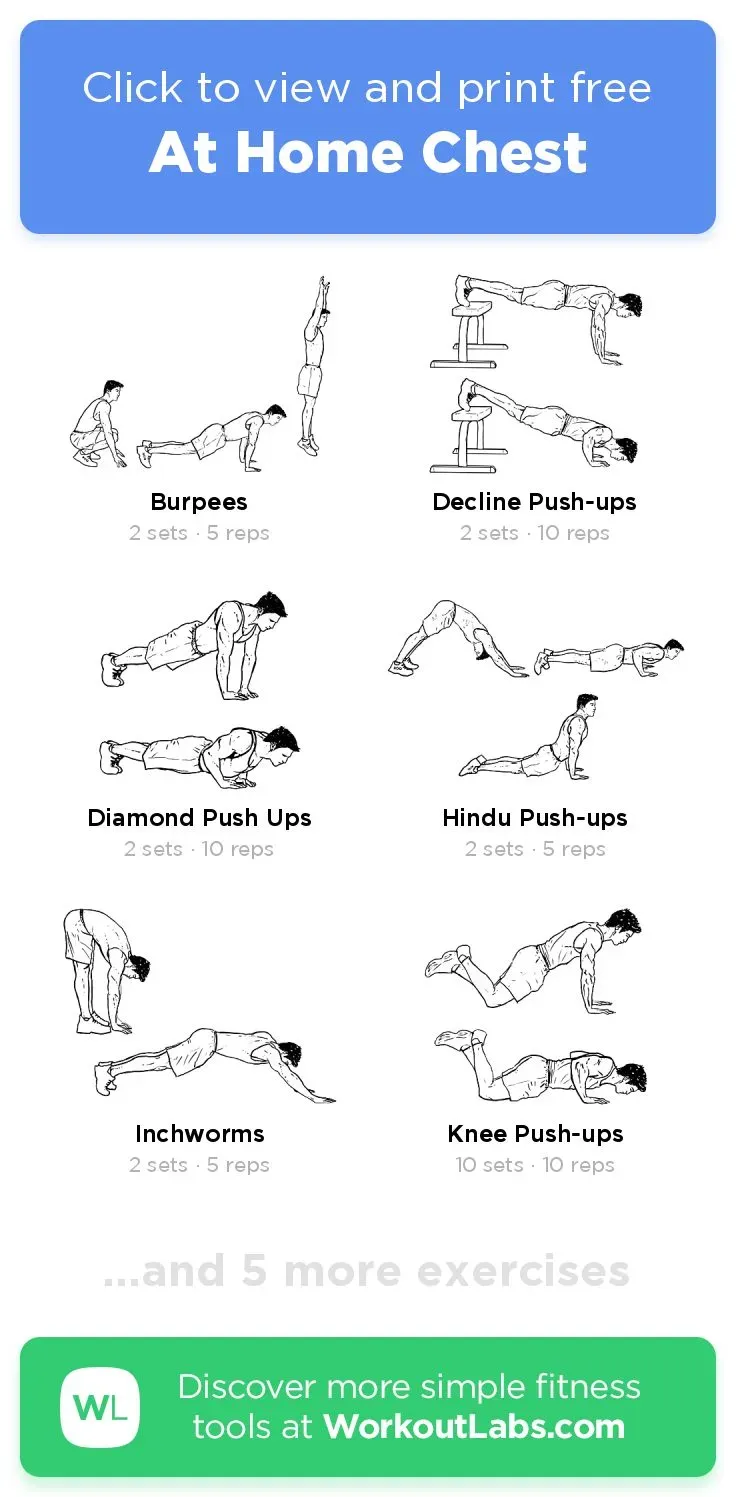Table of Contents
Let's be real. You want a stronger chest, maybe something that fills out a shirt a bit better, or just feels solid. But getting to the gym? Sometimes it's a hassle, right? Time disappears, life gets in the way, or maybe you just prefer the comfort of your own space. Good news: building a powerful chest doesn't require racks of weights or complicated machines. You can absolutely get an effective chest workout at home. Forget the excuses about needing a fancy setup. This guide cuts through the fluff to show you exactly how to hit those chest muscles using what you've got – mostly just your own bodyweight.
Why Bother with a Chest Workout at Home?

Why Bother with a Chest Workout at Home?
Skip the Commute, Get Real Results
Look, hauling yourself to a gym isn't always the most convenient thing. Traffic, parking, waiting for equipment – it adds up. Doing a chest workout at home slices all that out. You save time and frankly, money. More importantly, you can still build serious strength and definition. Think about it: push-ups, the king of bodyweight chest exercises, work your pecs, shoulders, and triceps all at once. Variations make it harder or easier. No need for a bench press machine when your own body provides the resistance. You can fit a solid session into a lunch break or right when you wake up. It removes a major barrier for lots of people.
Flexibility and Focus Without the Crowd
Your living room doesn't have judgmental eyes or loud grunters. It's just you and the floor. This means you can really focus on the mind-muscle connection, ensuring you're actually engaging your chest and not just flailing through reps. Want to try a weird push-up variation you saw online? Go for it, nobody's watching. Plus, life happens. If you've only got 15 minutes, you can still smash out a quick, effective chest workout at home. That kind of flexibility is tough to match with a gym schedule. It’s about making fitness fit *your* life, not the other way around.
- Saves time and money
- Offers privacy and focus
- Highly flexible schedule
- Requires minimal or no equipment
- Builds functional strength
Warming Up for Your Chest Workout at Home

Warming Up for Your Chest Workout at Home
Why Skipping the Warm-Up is a Bad Idea
Alright, so you're pumped to crush your chest workout at home. You've got your space cleared, maybe some tunes on. The floor is calling. But hold up a second. Jumping straight into push-ups cold is like trying to sprint without stretching – it’s asking for trouble. Your muscles, tendons, and joints need a heads-up. A proper warm-up gets blood flowing to your chest, shoulders, and arms. It increases your range of motion, making those push-ups feel smoother and letting you hit the muscle fibers more effectively. It also preps your nervous system. More importantly, it drastically reduces the chance of pulling something or tweaking a shoulder. Trust me, a few minutes now can save you days or weeks of annoying pain later. Don't be that person who learns this the hard way.
Simple Moves to Get Ready
Warming up for your chest workout at home doesn't need to be complicated or take ages. We're talking 5-10 minutes, tops. The goal is dynamic movement, not static stretching. Think controlled movements that mimic the exercises you're about to do but without the resistance. Arm circles, shoulder rotations, and maybe some light, knee-supported push-ups are perfect starters. You want to feel warmth in the muscles, not fatigue. Pay attention to your shoulders; they do a lot of work in chest exercises and are prone to issues if not prepared. A little mobility work goes a long way here.
- Arm Circles (forward and backward): 10-15 reps each way
- Shoulder Rotations (forward and backward): 10-15 reps each way
- Dynamic Chest Stretch (arm swings across the body): 10-15 reps each side
- Light, Kneeling Push-ups: 5-10 slow, controlled reps
- Wrist Circles: 10-15 reps each way
Essential Chest Exercises You Can Do at Home

Essential Chest Exercises You Can Do at Home
The Humble Push-Up: Your Home Gym Staple
Alright, let's talk about the absolute bedrock of any effective chest workout at home: the push-up. Yeah, I know, it sounds basic. But trust me, done right, it’s a powerhouse. It hits your pecs hard, ropes in your shoulders, and even works your triceps. The beauty is you need exactly zero equipment. Just gravity and the floor. Getting the form down is key: hands slightly wider than shoulder-width, body in a straight line from head to heels, lower your chest until it's almost touching the floor, and push back up. Focus on squeezing your chest at the top. Don't let your hips sag or pike up like a tent. Control the movement, both down and up. It's not about speed; it's about tension.
Level Up with Push-Up Variations
Once standard push-ups start feeling easy – and they will if you stick with it – you don't need to stop there. This is where the magic of bodyweight training for a chest workout at home really shines. You can change the angle or hand position to hit different parts of your chest or make the exercise significantly harder. Want to target the lower chest? Elevate your hands (think hands on a sturdy chair or counter). Upper chest? Elevate your feet (use a couch or bed). Diamond push-ups, with your hands close together forming a diamond shape, absolutely torch the inner chest and triceps. These variations aren't just gimmicks; they shift the load and recruit muscle fibers differently, keeping progress coming.
- Standard Push-up: Hands shoulder-width or slightly wider, body straight. Hits the whole chest.
- Incline Push-up: Hands on an elevated surface (counter, chair). Easier, targets lower chest.
- Decline Push-up: Feet on an elevated surface (couch, bed). Harder, targets upper chest.
- Diamond Push-up: Hands close together under your chest, thumbs and index fingers touching. Targets inner chest and triceps.
- Wide Push-up: Hands significantly wider than shoulder-width. Emphasizes outer chest.
Beyond the Basic Push: Introducing Other Moves
While push-ups are the main event for a chest workout at home, they aren't the *only* thing you can do. If you have dumbbells, water bottles, or even heavy books, you can add exercises like floor presses. Lie on your back, knees bent, feet flat on the floor. Hold your weights by your chest and press them straight up, squeezing your chest at the top. It mimics a bench press but is safer without a spotter and still effective. Another good bodyweight option is the plank with shoulder tap; it’s more core-focused but still engages the chest isometrically and works shoulder stability, which is crucial for chest health. Mix and match these moves to keep your muscles guessing and your workouts interesting.
Amping Up Your Chest Workout at Home Without Equipment
So, you've mastered the basic push-up variations in your chest workout at home and they're not quite the challenge they used to be? Don't sweat it; you don't need to buy weights to keep progressing. The beauty of bodyweight training is you can manipulate the exercise itself to make it significantly harder. Think about slowing things down – a super slow eccentric phase (lowering yourself) or adding a pause at the bottom near the floor increases time under tension, forcing your muscles to work harder for longer. You can also add explosive elements, like clapping push-ups, which recruit more fast-twitch muscle fibers. Or, shift your weight to one side, progressively moving towards single-arm push-ups (start by using a wall or elevated surface). These methods force your muscles to adapt to new stimuli without adding external load.
Here are a few ways to increase intensity without equipment:
- Slow down the lowering (eccentric) phase (e.g., 3-5 seconds down).
- Add a pause at the bottom of the push-up (1-2 seconds).
- Perform plyometric variations (e.g., explosive push-ups, clapping push-ups).
- Experiment with leverage by changing hand/foot position or using furniture.
- Try unilateral work progressions (e.g., staggered hand push-ups leading to one-arm).
Common Mistakes to Avoid During Your Chest Workout at Home

Common Mistakes to Avoid During Your Chest Workout at Home
Ignoring Form for Reps
Look, I get it. You see those workout videos and everyone's banging out push-ups like it's nothing. It's tempting to just drop and churn out as many shaky, half-rep monstrosities as you can. Big mistake. When you're doing a chest workout at home, especially bodyweight moves, form is everything. Cheating reps by letting your hips sag, not going low enough, or using momentum means your chest isn't doing the work it should be. You're just moving your body through space inefficiently and, worse, setting yourself up for injury. A few perfect reps are infinitely better than twenty sloppy ones. Focus on control, feel the muscle working, and prioritize quality over quantity every single time.
Skipping Consistency and Progression
Another common pitfall for your chest workout at home? Doing it once, feeling sore, and then forgetting about it for two weeks. Or doing the same exact thing every single time. Your muscles need consistent stimulus to grow and get stronger. Showing up is half the battle. The other half is making it progressively harder. If standard push-ups are easy for three sets of twelve, you need to challenge yourself. That means trying harder variations, adding pauses, slowing down the tempo, or increasing the reps/sets. Staying stagnant guarantees stagnant results. Your body adapts quickly; you have to keep pushing it slightly beyond its comfort zone.
- Don't rush reps; focus on controlled form.
- Ensure full range of motion on each exercise.
- Maintain a straight body line during push-ups (no sagging or piking).
- Be consistent with your workout schedule.
- Continuously challenge yourself with harder variations or techniques.
Your At-Home Chest Gains Await
So there you have it. Building a solid chest without stepping foot in a gym isn't some fitness fairy tale. It takes consistent effort and smart exercise selection, but it's entirely doable with a few square feet of floor space. We've covered the basics, the key moves, and how to push yourself. Stop overthinking it, stop waiting for the perfect time or place. Your living room, garage, or even a patch of grass outside can be your gym. Get started, stay consistent, and watch those chest muscles respond. It might not be overnight, but the work you put in at home will show.
